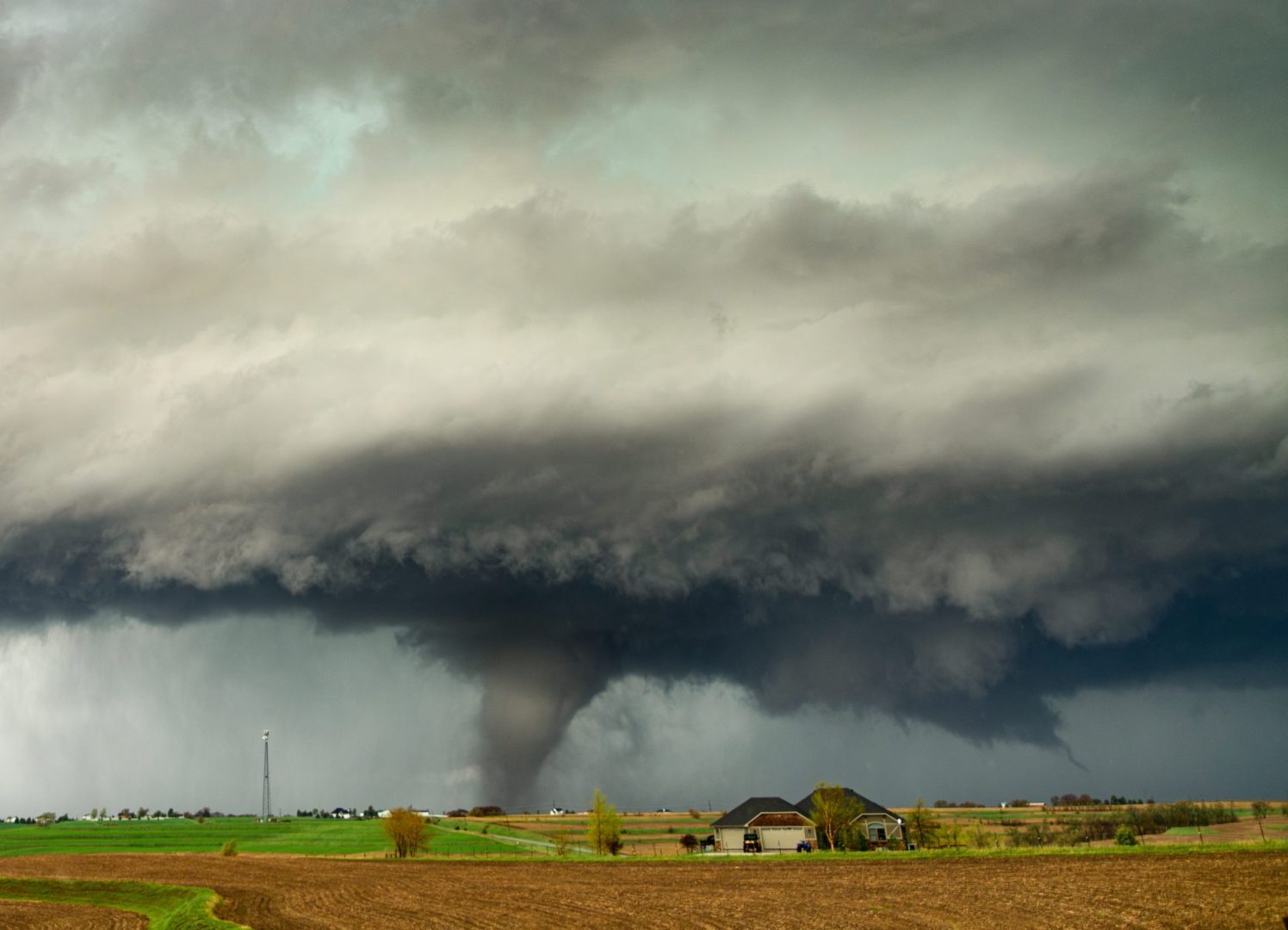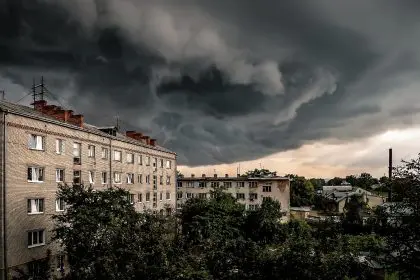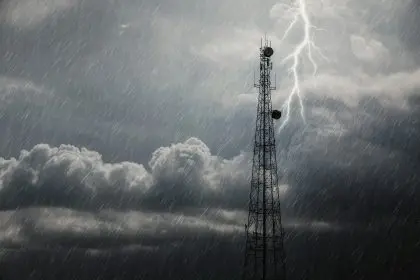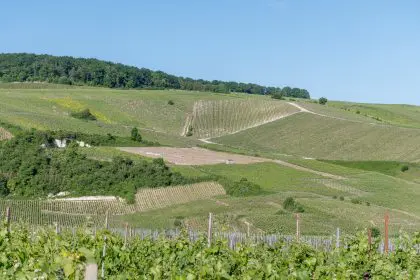A devastating day of severe weather has claimed four lives as deadly tornadoes tore through communities while a massive heat wave begins its grip on the nation, creating a dangerous double threat that has millions of Americans on high alert.
The tragic loss of life occurred on June 20 when severe storms unleashed their fury across multiple states, leaving destruction and heartbreak in their wake. Three people lost their lives in rural Enderlin, North Dakota, located in the southeastern portion of the state, when a tornado struck their community with devastating force.
The Cass County Sheriff’s Office confirmed that the three victims included two men and one woman, all of whom were found in areas where homes had been completely destroyed by the tornado’s powerful winds. The scene that greeted first responders painted a picture of nature’s raw power and the vulnerability of human life in the face of such extreme weather events.
Adding to the day’s tragedy, a fourth person died in Clinton, New York, when powerful winds associated with the same storm system caused a large tree to fall onto a moving vehicle. This incident highlighted how the effects of severe weather can extend far beyond the tornado paths themselves, creating deadly conditions across a wide geographic area.
Scenes of destruction emerge from North Dakota
The aftermath in North Dakota revealed the full scope of the tornado’s destructive power. Deputies responding to the emergency discovered homes with their roofs completely blown off, leaving residents traumatized and seeking shelter wherever they could find it. The survivors described experiencing moments of terror as the tornado approached their community with little warning.
Fire department officials coordinated with storm chasers who had been tracking the severe weather system to locate victims in the hardest-hit areas. The collaboration between emergency responders and weather enthusiasts proved crucial in the immediate aftermath, as traditional communication systems had been compromised by the storm’s impact.
Two of the victims were discovered in an area where another home had been completely destroyed, while the third person was found dead at a separate location. The scattered nature of the discoveries underscored the tornado’s erratic path and the widespread nature of the destruction it caused.
Emergency crews worked through the night to search for additional victims and assess the full extent of the damage. The small rural community of Enderlin, not accustomed to such devastating weather events, rallied together to support those who had lost everything in a matter of minutes.
Widespread storm system threatens multiple states
The severe weather that struck North Dakota represented just one component of a massive storm system that meteorologists had been tracking across the region. The National Weather Service in Bismarck, North Dakota, had issued warnings for multiple counties as the storms developed, but the intensity and damage potential exceeded many initial forecasts.
The same complex of storms that brought deadly tornadoes to North Dakota continued its eastward march, threatening millions more Americans as it moved through the Great Lakes region. Weather forecasters predicted that the system would maintain its dangerous characteristics as it progressed toward New York and New England by nightfall on June 21.
The advancing storm system carried multiple threats beyond tornadoes, including the potential for localized flash flooding that could turn streets into rivers within minutes. Strong wind gusts posed additional dangers to trees, power lines, and structures, while large hail threatened to damage vehicles and property across the storm’s path.
Communities in the storm’s projected path began preparing for the worst, with emergency management officials coordinating response plans and residents securing outdoor items that could become projectiles in high winds. The lessons learned from North Dakota’s tragedy served as a sobering reminder of what could happen when severe weather strikes populated areas.
Dangerous heat wave compounds weather crisis
As if the severe storm threat wasn’t challenging enough, meteorologists simultaneously tracked what they described as a significant and extremely dangerous heat wave that was beginning to grip much of the nation. The combination of severe storms and extreme heat created a complex weather pattern that would test emergency response systems across multiple states.
More than 150 million Americans found themselves under various types of heat advisories or warnings as temperatures began climbing to dangerous levels across the eastern half of the country. The sheer scope of the heat wave’s impact meant that even areas not directly threatened by severe storms would face their own weather-related challenges.
The heat wave’s intensity promised to push temperatures on June 21 to meet or exceed 90 degrees in parts of over two dozen states. Some areas faced even more extreme conditions, with triple-digit temperatures expected in parts of Kansas, Nebraska, and southwestern Minnesota, creating potentially life-threatening situations for vulnerable populations.
Major cities along the East Coast, including New York and Washington, D.C., prepared for an extended period of dangerous heat, with forecasters predicting temperatures would top 90 degrees for five to seven consecutive days. Such prolonged exposure to extreme heat poses serious health risks, particularly for elderly residents, young children, and those with pre-existing medical conditions.
Understanding the meteorological forces at play
The complex weather pattern responsible for both the deadly storms and the heat wave stemmed from a high-pressure system positioned over the Southeast, according to meteorologists at the Weather Prediction Center. This system created a clockwise airflow pattern that drew moisture from the tropical East Pacific across the Plains, setting the stage for severe weather development.
A meteorologist at the Weather Prediction Center explained that the conditions represented the peak of summer’s dome of heat and high pressure. Weather professionals sometimes refer to this phenomenon as a “ring of fire” due to the way extreme temperatures and severe weather can develop around the edges of the high-pressure system.
The positioning of this weather pattern created a perfect storm scenario where the ingredients for both severe thunderstorms and extreme heat came together simultaneously. The atmospheric dynamics that fuel tornado development often occur in areas where different air masses collide, creating the instability necessary for severe weather formation.
The heat wave component of the pattern was expected to persist for several days, gradually expanding eastward as the high-pressure system maintained its grip on the region. This persistence meant that communities would need to prepare for extended periods of dangerous conditions rather than brief weather events.
Emergency response and community impact
The deadly weather events of June 20 tested emergency response systems across multiple states, from the tornado-ravaged communities in North Dakota to areas preparing for the approaching heat wave. First responders demonstrated the coordination and bravery necessary to save lives in the face of extreme weather conditions.
In North Dakota, the rapid response of sheriff’s deputies, fire department personnel, and even storm chasers helped locate victims and assess damage quickly. The collaborative approach between official emergency services and weather enthusiasts showed how communities can work together during crisis situations.
The tragedy also highlighted the importance of weather preparedness and the need for communities to have emergency plans in place. Rural areas like Enderlin face particular challenges during severe weather events, as emergency services may be spread thin across large geographic areas.
As the heat wave continued to develop, public health officials began issuing guidance for protecting vulnerable populations from extreme temperatures. Cooling centers prepared to open in affected communities, while utility companies braced for increased demand on electrical grids as air conditioning usage soared.
The combination of severe weather and extreme heat created a complex emergency management scenario that required coordination between multiple agencies and jurisdictions. The events served as a stark reminder of how quickly weather conditions can turn deadly and the importance of taking all weather warnings seriously.
The families and communities affected by these tragic events faced the difficult task of rebuilding and recovering while remaining vigilant about ongoing weather threats. The resilience shown by these communities in the face of such devastating natural forces demonstrated the strength of the human spirit when confronted with nature’s most powerful displays.
















